Back Safety
Safe Lifting PracticesBack Safety – Manual Material Handling (MMH) tasks
Manual material handling is defined as the unaided moving of objects. You always need to keep Back Safety in mind to prevent injuries. MMH may involve one or more of the following movements:- Bending
- Lifting
- Carrying
- Twisting
- Lowering
- Pulling or pushing
- Reaching
If done improperly or if you exert to much force due to excessive weight, MMH can result in Musculoskeletal Disorder.
Musculoskeletal Disorder (MSDs)- Lower back pain
- Muscle strain
- Ligament or tendon sprain
- Bursitis Bulging or ruptured discs
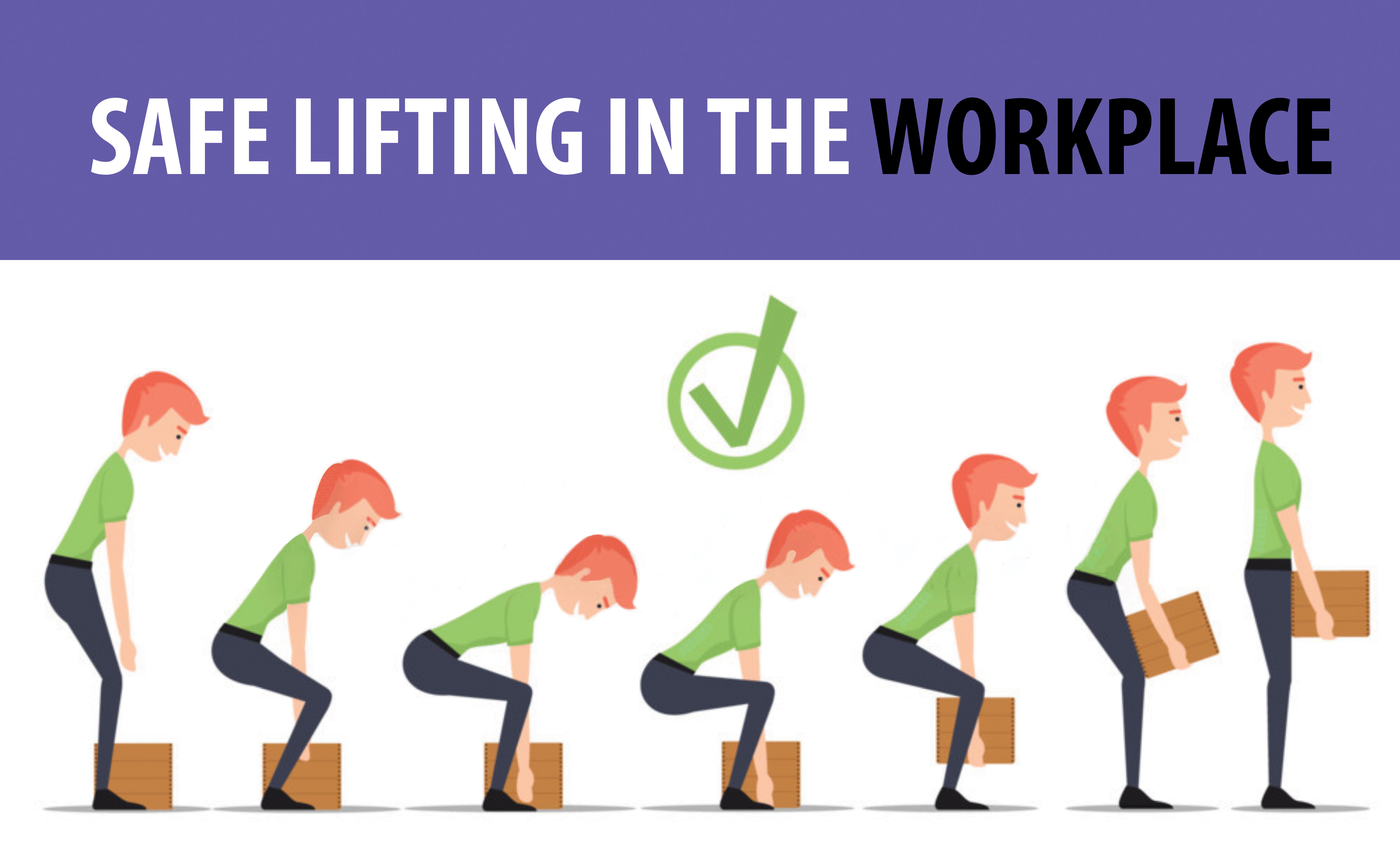
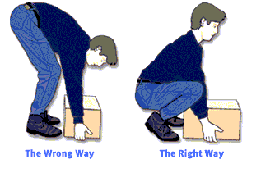
Prevent Back Injuries
How to Lift SafelyBefore lifting, take a moment to think about what you’re about to do. Examine the object for sharp corners, slippery spots or other potential hazards. Know your limit and don’t try to exceed it. Ask for help if needed, or if possible, divide the load to make it lighter. Know where you are going to set the item down and make sure it and your path are free of obstructions. Then follow these steps:
Stand close to the load with your feet spread apart about shoulder width, with one foot slightly in front of the other for balance.
Squat down bending at the knees (not your waist). Tuck your chin while keeping your back as vertical as possible.
Get a firm grasp of the object before beginning the lift.
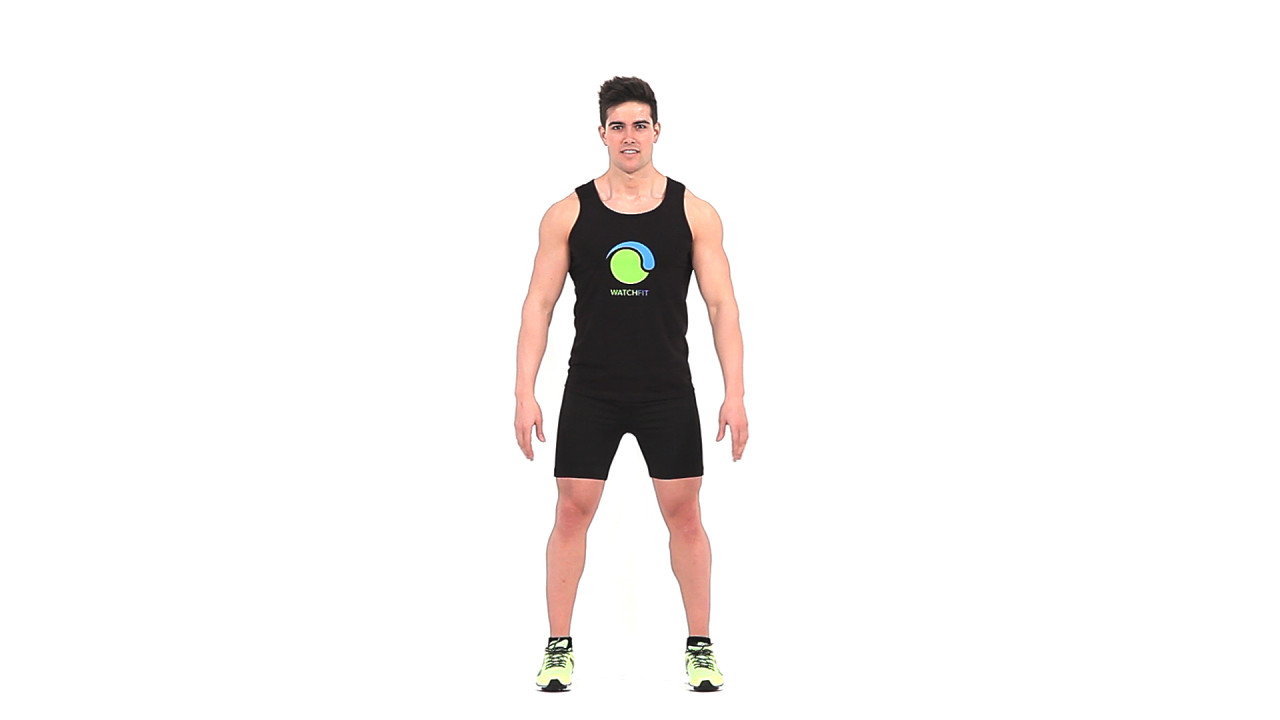
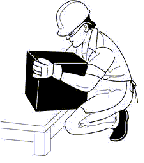
Prevention is Easier then Cure
Begin slowly lifting with your LEGS by straightening them. Never twist your body during this step.
Once the lift is complete, keep the object as close to the body as possible. As the load’s center of gravity moves away from the body, there is a dramatic increase in stress to the lumbar region of the back. If you must turn while carrying the load, turn using your feet-not your torso.
To place the object below the level of your waist, follow the same procedures in reverse order. Remember; keep your back as vertical as possible and bend at the knees.
Don’tsDon’t bend over with legs straight
Don’t twist while lifting
Don’t lift over shoulder height
Don’t jerk load
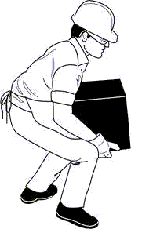
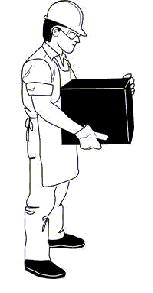
Safe Practices
- Get a firm footing. Keep your feet apart for a stable base. Point feet in the direction of travel.
- Bend your hips and knees instead of bending at the waist. This allows the leg muscles to take the load and not the spine.
- Tighten abdominal muscles. Abdominal muscles support the spine when lifting.
- Ensure correct hold. Select a secure grip so that there is no danger of slipping during the lift.
- Brace yourself for the lift, continue to breathe normally through the lift, concentrate on the lift and not on the breathing.
- Lift steadily don’t jerk the load.
- Keep your back straight and avoid twisting or bending to the side.
- Keep the load close. The closer it is to your spine the less force it exerts on your back.
Have you…
- Checked the object before you try to lift it? Test every load before you lift by pushing the object lightly with your hands or feet to see how easily it moves. This tells you about how heavy it is.
- Remember, a small size does not always mean a light load.
- Make sure the weight is balanced and packed so it won’t move around.
- Loose pieces inside a box can cause accidents if the box becomes unbalanced.
- Be sure you have a tight grip on the object before you lift it.
- Handles applied to the object may help you lift it safely.
Is it easy to reach this load?
- You can be injured if you arch your back when lifting a load over your head.
- To avoid hurting your back, use a ladder when you’re lifting something over your head.
How Can I avoid Back Injuries?
- Pace yourself. Take many small breaks between lifts if you are lifting a number of things.
- Don’t overdo it–don’t try to lift something too heavy for you. If you have to strain to carry the load, it’s too heavy.
- Make sure you have enough room to lift safely. Clear a space around the object before lifting it.
- Look around before you lift, and look around as you carry. Make sure you can see where you are walking. Know where you are going to put down the load.
- Avoid walking on slippery, uneven surfaces while carrying something.
- Don’t rely on a back belt to protect you. It hasn’t been proven that back belts can protect you from back injury.
- Get help before you try to lift a heavy load. Use a dolly or a forklift if you can.